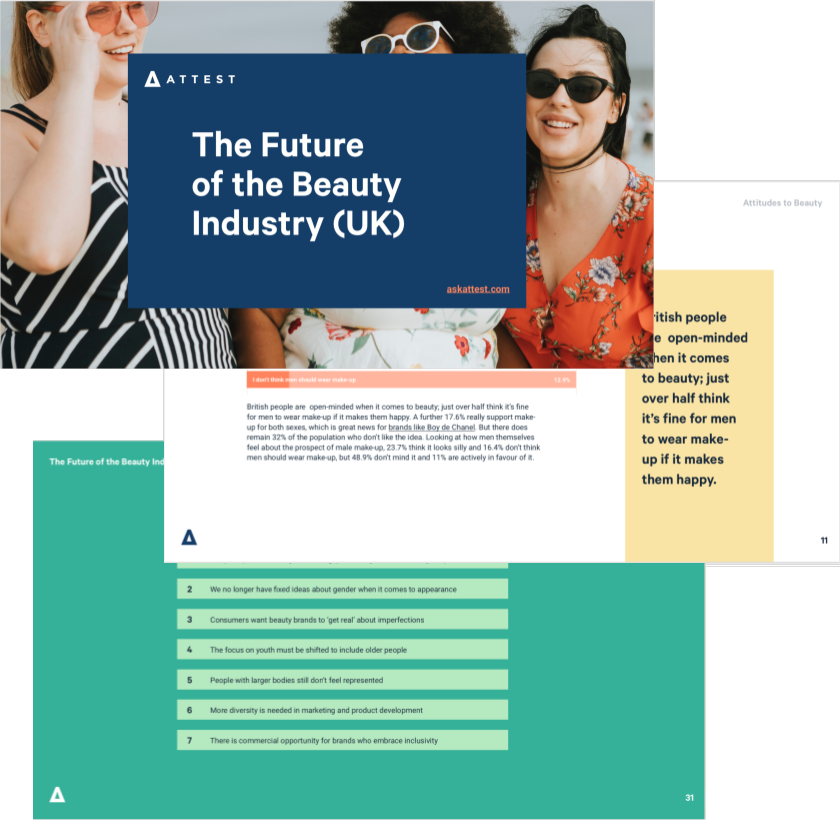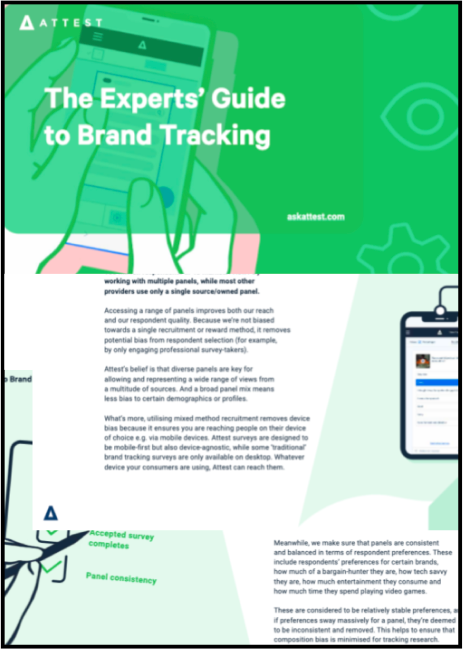5 DTC beauty brands that are killing it in 2020
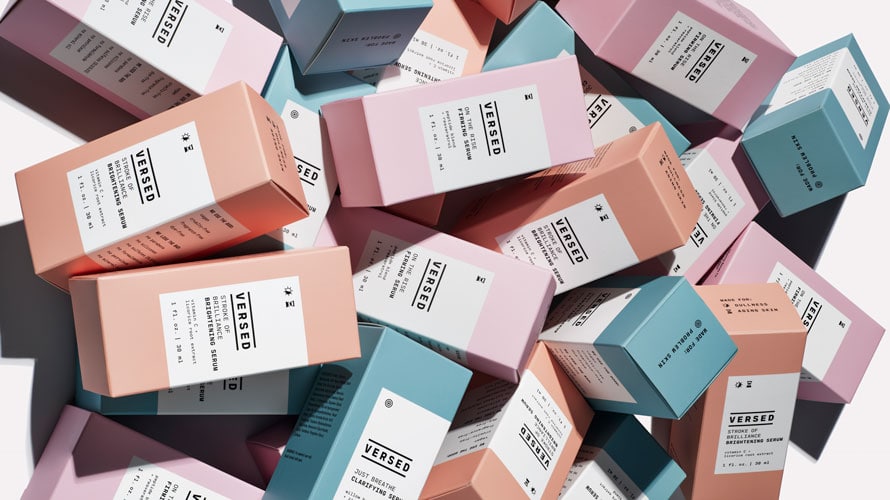
2020 is all about sleek, modern branding, and beauty brands going DTC. Here are 5 DTC beauty brands who are absolutely killing it.
The beauty industry is hyper-competitive. It’s overcrowded. It’s often highlighted for not being inclusive enough, accessible enough, or authentic enough – which are all things that consumers are after more and more these days.
Luxury brands have alienated people, drugstore brands have bored people, and all of this leaves a whole lot of wiggle room for beauty brands with strong branding, clear messages, and modern brand growth strategies. The beauty industry of the past has paved the way for the direct-to-consumer beauty brands of the future.
Combine all of that with the slow demise of brick-and-mortar stores and the rise of e-commerce, and you’ve got yourself a recipe for online-only disruptor brands to really shine.
With so many DTC beauty brands on the rise, we’ve hand-picked 5 of 2020’s biggest players to give you a glimpse of the brands that are killing it this year:
Glossier
Glossier, the cult-favorite, pale-pink sporting up-and-comer, is a prime example of a DTC beauty brand done right.
The Glossier brand is unique in that it already had a well-established following of thousands before it launched a single product. It had its beginnings in the form of beauty blog ‘Into the gloss’, which launched in 2010 and quickly built a community of avid fans. This community-spirit is still very much instilled in the brand today – Glossier emphasizes communication with its customers, is dedicated to listening to their feedback, and even goes so far as to let them influence the products the brand makes (though, as we know, you shouldn’t only listen to your existing customers).
Glossier’s branding and products are an embodiment of simplicity and minimalism. It has a refined product offering, featuring a few ‘hero’ products that do the job well and have garnered cult followings (when the term ‘Glossier skin’ is being used to describe healthy, glowing skin, you know you’re doing something right). In some ways, the DTC model is an extension of the simplicity at the heart of the brand – Glossier is primarily online-focused, and its products are only found in dedicated Glossier stores, of which there are few and far between.
Glossier creator Emily Weiss has a somewhat offbeat measure of success. She reports that her goal was to create in Glossier a DTC beauty brand that people would happily wear sweatshirts of. In 2019, 10,000 people joined a waiting list for a pale pink Glossier hoodie – and if that’s not great branding (and one hell of a brand extension), we don’t know what is.
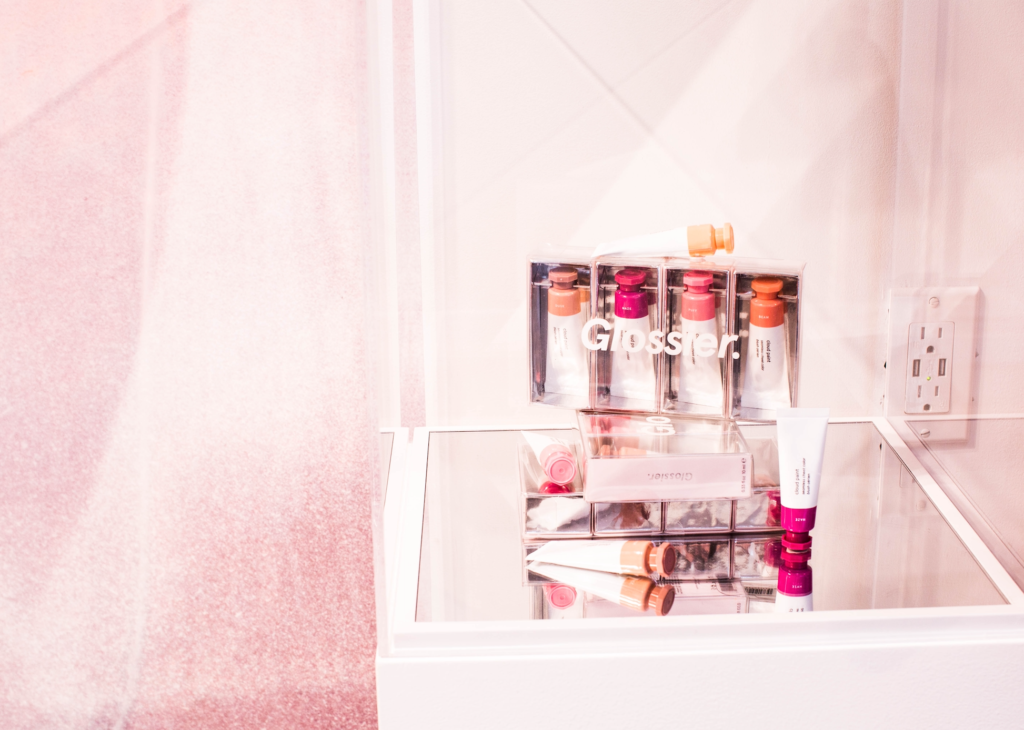
No B.S.
No B.S. is a DTC beauty brand committed to just that – no BS. The brand was built to cut through the complexities, exaggerated promises, and general nonsense of an overcrowded beauty industry. Their products are stripped back, so customers can seek solace in the fact that they’re getting exactly what it says on the tin.
The ‘simple but effective’ mantra is a common theme in DTC beauty. There’s an emphasis on displacing the jargon, challenging the status quo, and doing away with hidden ‘bad stuff’ in skincare and makeup products. No B.S. proudly shout about the fact that the FDA have banned only 11 toxic ingredients from skincare products, while it has banned 1,500 from theirs. Its pared back formulas are free from parabens and sulfates and packed full of ‘natural hard-hitters’ instead. With their understated but clever tagline, ‘beauty comes clean’, No B.S. is radically changing the beauty game with overt honesty and a brand purpose that has the company partnering with important causes like She Recovers and Feeding America.
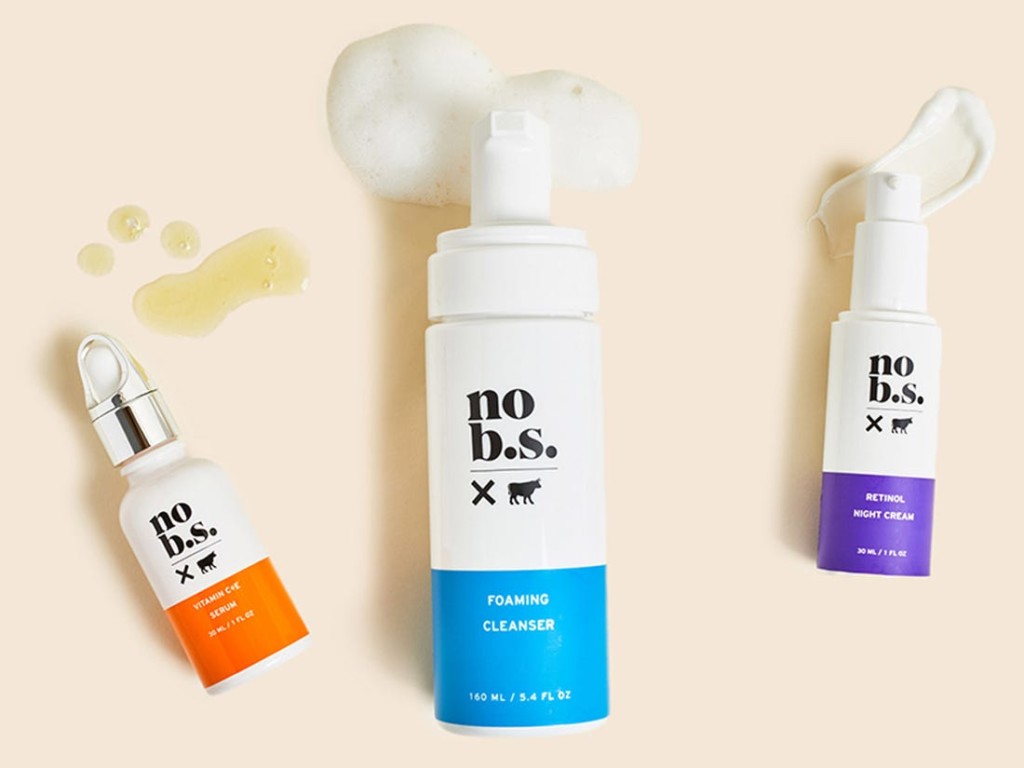
ColourPop
ColourPop sits in the DTC hall of fame as one of the world’s fastest-growing beauty brands. If you’ve ever found yourself looking for an eyeshadow that’s as vibrant as advertised, or a lipstick that stays put for more than a minute, ColourPop may be for you – the brand is all about quality makeup that doesn’t come with an eye-watering price tag.
ColourPop began by marketing its products exclusively via social media, and it holds onto some of that strategy today with its emphasis on influencer marketing. Nowadays, the brand’s DTC status plays a big part in its overall brand strategy. Going direct-to-consumers means prices can stay as low as possible – ColourPop manufactures all of its products under one roof, and sends them direct to the people who buy them. That means it can produce cruelty-free, quality makeup, and still make it affordable – and that’s a big reason why the brand is so popular.
The awards on ColourPop’s figurative shelf keep stacking up – its makeup has won coveted titles, including Temptalia’s ‘budget brand of the year’ and ‘most innovative budget brand’.
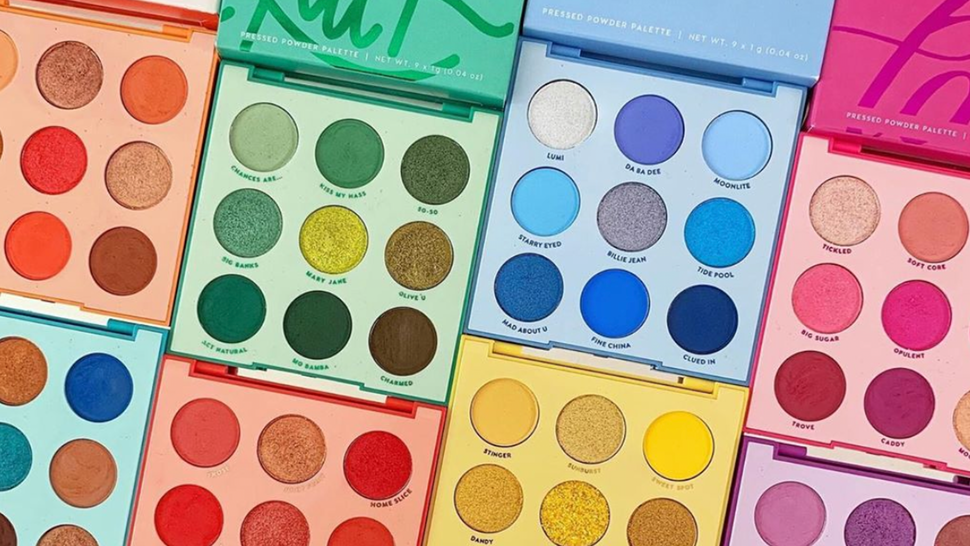
Beauty Pie
Beauty Pie is a DTC beauty brand that’s doing things slightly differently. It was created by guru of the beauty industry Marcia Kilgore, who also happens to be the founder of Soap & Glory and Bliss Spa. It’s fair to say she knows the industry inside and out – and she’s used that knowledge to find an interesting niche for Beauty Pie.
Beauty Pie operates on a membership model – you need to buy a monthly or yearly subscription to even get access to the products you want to spend your hard-earned cash on. But there’s a good reason for that – proven by the fact that Beauty Pie has racked up tens of thousands of members since it was created in 2016.
Branding itself as ‘the new luxury’, Beauty Pie takes one of the fundamentals of the luxury beauty industry and flips it on its head. Luxury beauty brands tend to buy in bulk from the same labs – meaning a lot of the products from hugely different brands may actually be the same thing packaged in different coloured tubes and pots. These luxury brands essentially act as the middleman between the products made in labs and the consumers who buy them – and with that middle step comes marketing, retailing, and massive price markups. Beauty Pie buys directly from the labs, theoretically removing the middlemen altogether – and slaps Beauty Pie branding on each of the products. This means that consumers get quality beauty products at much lower prices.
How do you get people to sign up for a monthly subscription in an industry that’s notoriously hard to garner loyalty in? You make sure you know your consumers. The folks at Beauty Pie are open about the fact that being DTC means they have access to first-party data that they wouldn’t get if they sold through third-parties. Beauty Pie use a unique combination of qualitative psychological data and quantitative consumer data to curate the buyer’s journey, optimising for loyalty in the process.
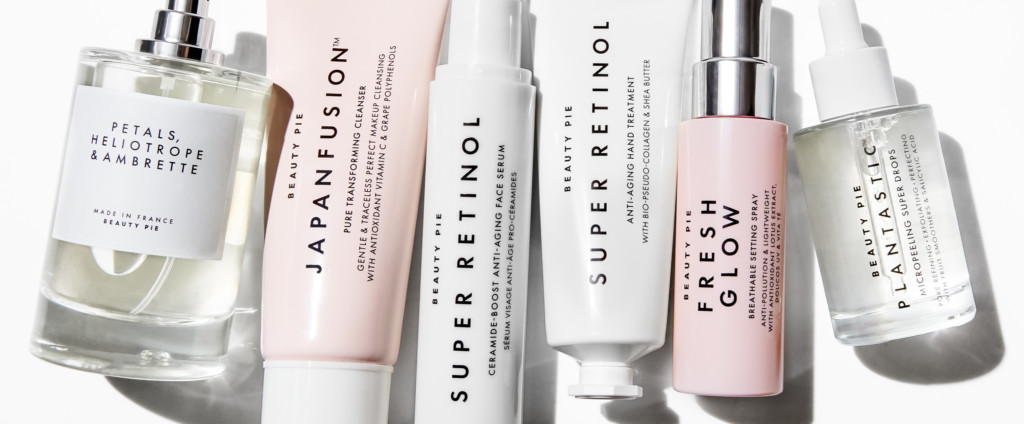
Versed
Many DTC beauty brands start off as online-only, then make their way into coveted spots in brick-and-mortar stores like Sephora. For beauty brand Versed, it’s a different story. The brand started out in Target, and saw huge success – so much so that it’s now selling online. It’s a unique route to market story, but it’s certainly working out for Versed.
Versed prides itself on being entirely vegan, and an advocate for all-natural ingredients. This is an angle favored by many DTC beauty brands (including many of those featured in this list), so how has Versed set itself apart? For Versed, its branding is again one of simplicity, with the mantra of ‘skin’s complicated, skincare shouldn’t be’ – and that’s a mantra that fits right into the DTC strategy.
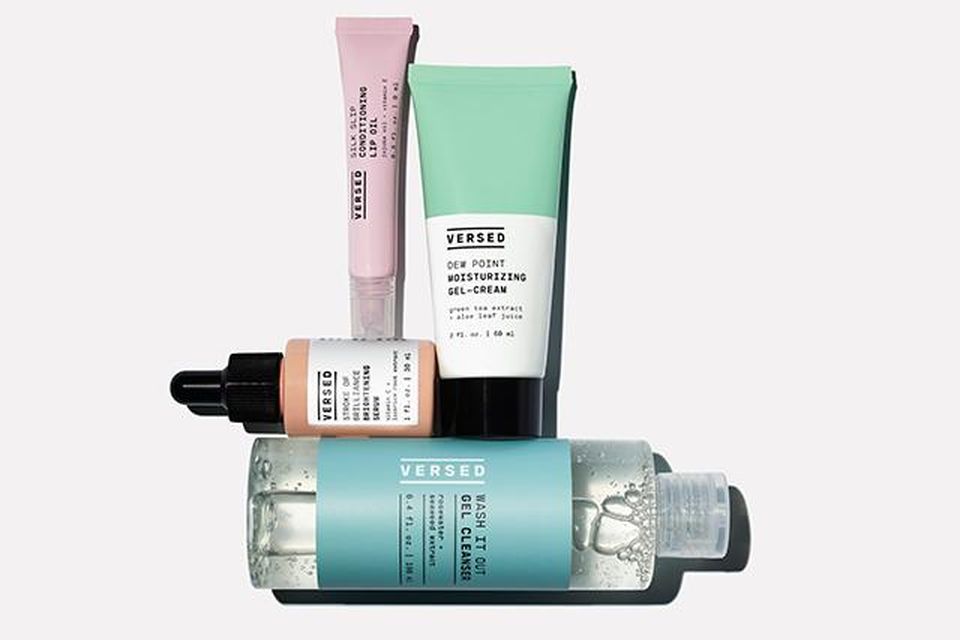
It’s a funny old thing when a crowded market creates disruptors, but then the disruptors themselves become a crowded market of similarly aligned brands. In this competitive industry, it comes down to branding, great products, and a little bit of luck to create a cult following that lifts brands to new heights.
What’s one thing successful beauty brands have in common? They know how to use consumer data for brand tracking research. To reap the full rewards, however, you should gather your own data with brand tracking templates and reliable research. We’ve pulled together the very best consumer insights on the beauty industry to give you a future-looking glimpse at beauty trends, and what consumers really want from the industry:
Tell us what you think of this article by leaving a comment on LinkedIn.
Or share it on:

